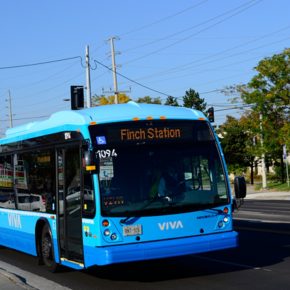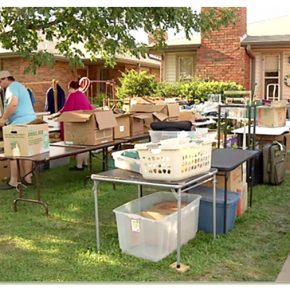Teens Track Plastic Pollution in Southern Ontario Waterways
Ritvik Manicka, a Grade 11 student at Bishop Reding Secondary School, is making waves with his innovative research into plastic pollution in Southern Ontario’s waterways.
Collaborating with experts from the University of Chicago, the University of New Hampshire, and the University of Toronto’s Trash Team, Manicka spearheaded a study focusing on how plastic waste moves through and accumulates in local rivers, including Oakville’s Bronte Creek.
Teens Track Plastic Pollution in Southern Ontario Waterways
Ritvik Manicka, a Grade 11 student at Bishop Reding Secondary School, is making waves with his innovative research into plastic pollution in Southern Ontario’s waterways.
Collaborating with experts from the University of Chicago, the University of New Hampshire, and the University of Toronto’s Trash Team, Manicka spearheaded a study focusing on how plastic waste moves through and accumulates in local rivers, including Oakville’s Bronte Creek.
“The goal of this research is to understand how plastic bottles travel so we can prevent them from reaching Lake Ontario, where they break down into microplastics or nanoplastics, which are difficult to remove in current water treatment systems,” Manicka explained to Oakville News.
The team used satellite-tracked blender bottles to simulate the movement of plastic litter in three key waterways: Oakville’s Bronte Creek (two bottles), the Grand River (three), and the Credit River (three). This approach helped identify “hotspots” where plastics tend to accumulate.
“Our research identified key accumulation points, trends, and potential solutions to reduce plastic pollution in the region,” said Manicka. “We’ve presented these findings to organizations like Swim Drink Fish, Conservation Halton, and the Wellington Water Watchers.”
Manicka highlighted Bronte Creek as a compelling study site. “It’s a small tributary connected to Conservation Halton and runs through suburban areas near Toronto, making it ideal for simulating how litter from urban areas moves through water systems,” he said.
The study faced challenges, such as stoppages in waterways that left the bottles stuck. However, Manicka’s research partner, Suraj Subrahmanyan, viewed this as a breakthrough.
“These stoppages marked key hotspots for litter accumulation, providing valuable insights to optimize litter traps and waste capture initiatives,” Subrahmanyan noted.
A critical outcome of the research was understanding how plastics enter Lake Ontario and devising proactive strategies to stop pollution at its source.
“If we can intercept plastics early, we can prevent them from breaking into microplastics, which threaten marine life and human health,” Manicka emphasized.
Proposed solutions include deploying water drones to collect plastics from hotspot areas and guiding conservation organizations to target their cleanup efforts effectively.
Manicka shared that organizations like Conservation Halton have been highly receptive to their findings. “They’ve committed to exploring the areas we identified to capture waste more efficiently,” he said.
Through their groundbreaking work, Manicka and his team aim to empower municipalities and conservation groups to make informed decisions, ultimately reducing plastic pollution and protecting vital water resources.




















1